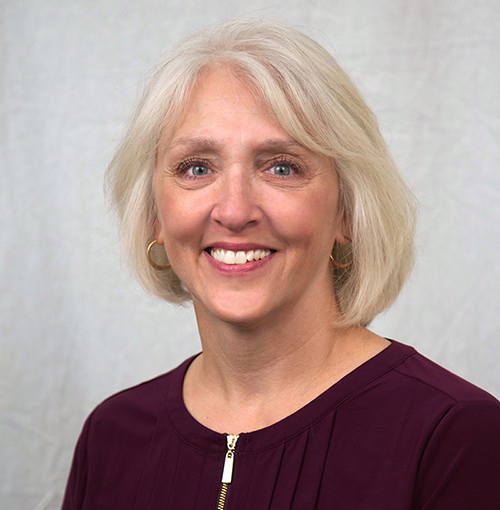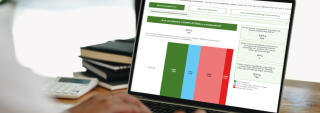- BLOG HOME
- »
- StudentTracker for High Schools
- »
- Improve Students’ Success with Data and Education Insights

Improve Students’ Success with Data and Education Insights
Clearinghouse Staffers Explain the Value of StudentTracker
Reach Higher Riverside’s Priscilla Grijalva recently interviewed the Clearinghouse’s product manager Michele Gralak and former senior research associate Faye Huie who provided information about StudentTracker® benefiting schools, districts, higher education institutions, and employers.
Reach Higher Riverside is an initiative to increase access to postsecondary education, especially among first-generation and low-income students. The goal of the initiative is to help students attain postsecondary degrees at four-year colleges or two-year universities.
The National Student Clearinghouse is the primary source of information about students’ enrollments and their educational achievements. From enrollment and degree verification to transcripts and more, the Clearinghouse provides reliable information in a trusted, secure, and private environment.

Michele Gralak
Product Manager,
National Student Clearinghouse

Faye Huie
Former Senior Research Associate,
National Student Clearinghouse Research Center
Q: Could you share a little information about your backgrounds?
Michele Gralak: I’m currently the product manager for the StudentTracker service that focuses on the secondary market. I was at Sallie Mae for about 20 years, so I was very aware of the Clearinghouse, and I’ve been at the Clearinghouse for about 12 years now. My work has been made possible through a grant from the Bill and Melinda Gates Foundation to rewrite the StudentTracker service. It has just been a fabulous experience.
Faye Huie: I’m a senior associate and I’ve been here for almost five years now. My background is in educational research with a focus on methodology, evaluation, and educational testing. What really drew me to the Clearinghouse was the amazing data that we have here. It’s really the only national dataset that provides practically real-time enrollment, and completion metrics for practically all higher education institutions.
Q: Could you tell us a little bit about the data that the Clearinghouse shares?
Gralak: The Clearinghouse was started in 1993. There are a lot of players, including the Department of Education and colleges and the student lending community — the lenders, the servicers, and the guarantors. Our data includes enrollment data, compliance data, and credentials whether associate’s or bachelor’s degrees, including completion outcomes. Internally we refer to this as the “Three E’s”: Enrollment, Enlistment, and Employment.
Q: What have you seen from the data in terms of changes from 2019 to 2020?
Huie: What we’ve found is particularly interesting. We looked at how the pandemic has affected graduations and immediate college enrollment. Although high school graduations in 2020 were not really impacted by COVID-19, high school to college educational pathways decreased substantially. This is especially true when looking at urban, high poverty, and low-income students and enrollment in community colleges which play such an important role for our low-income students.
Q: Why do you think this is occurring?
Grijalva: A lot of students really rely on their school counselors. When we’re physically at school, we can pull them in and help them select schools. We can also help promote dual enrollment which is a big driver in terms of higher equity.
Huie: In many states, these dual enrollment programs are heavily subsidized, so it’s practically free for students to take advantage of. This can really build confidence for college readiness and reduce the time and cost required…that’s particularly beneficial for underserved students.
Q: How can data help education institutions tackle this issue?
Gralak: When high schools and districts have data to help them see how their students are doing on the programs they’ve implemented, compared to others across the country, they can really see how they are making a difference. What is so great about StudentTracker is the packet of outcomes the Clearinghouse distributes that allows schools to compare themselves against the national numbers.
Huie: We recently updated our report on High School Benchmarks with newer data and higher coverage. The report shows a 6.8% decline of high school graduates attending college immediately after high school this past fall, an unprecedented one-year decline. Review the report to learn more.
Interested in learning more? Listen to the podcast to hear the entire interview, and attend one of our future webinars about StudentTracker!
“The Clearinghouse’s data gives us the power, and the leverage, and the strength to get better. And we’re using that data to change kids’ lives — one kid at a time, but collectively, as a nation.”
Gil Compton
Director of college and career readiness, education services for the Riverside County Office of Education



